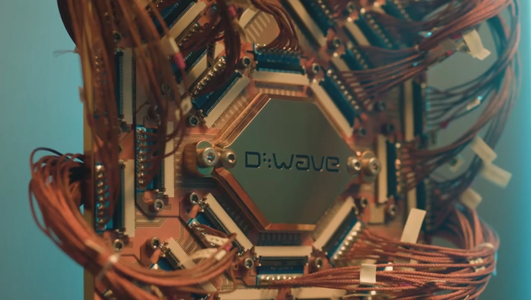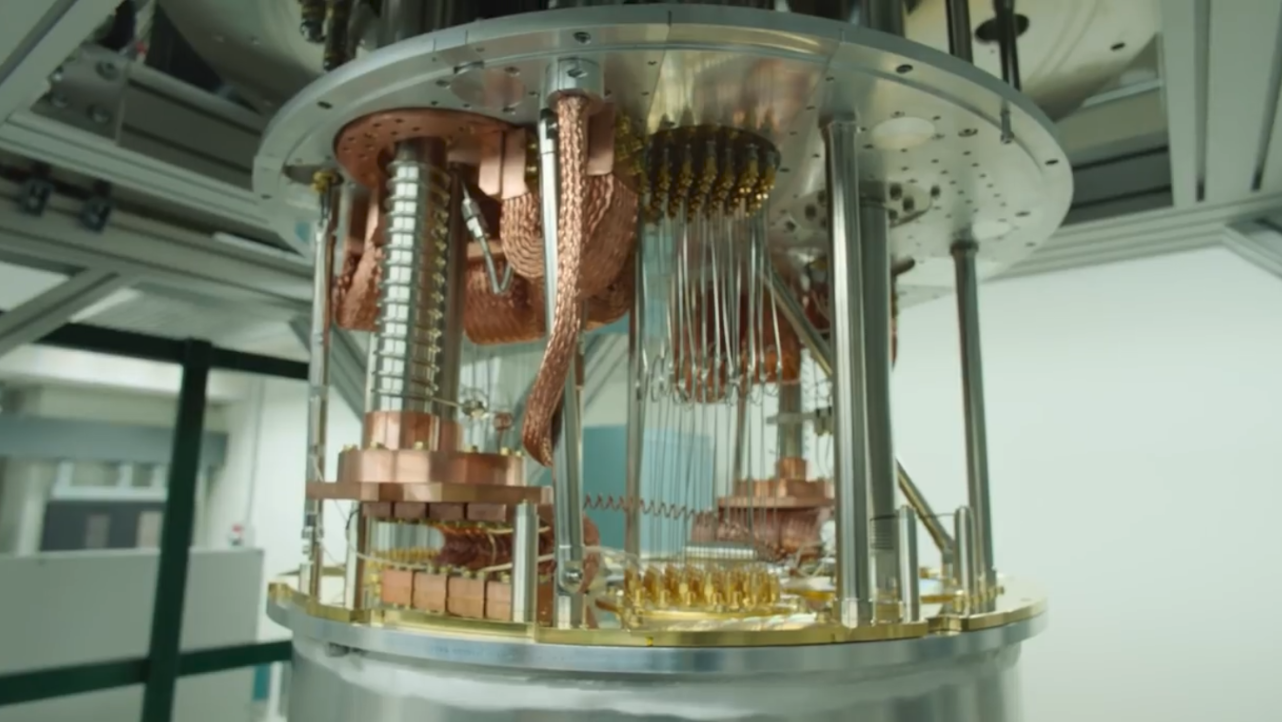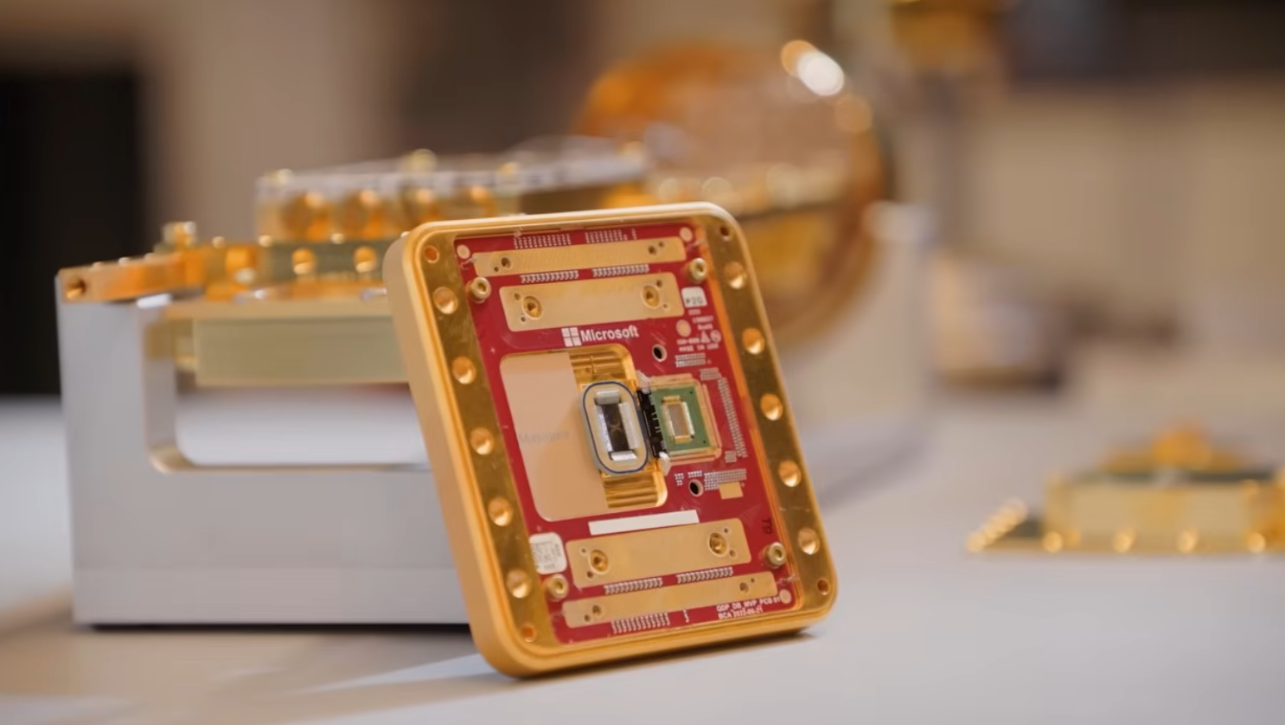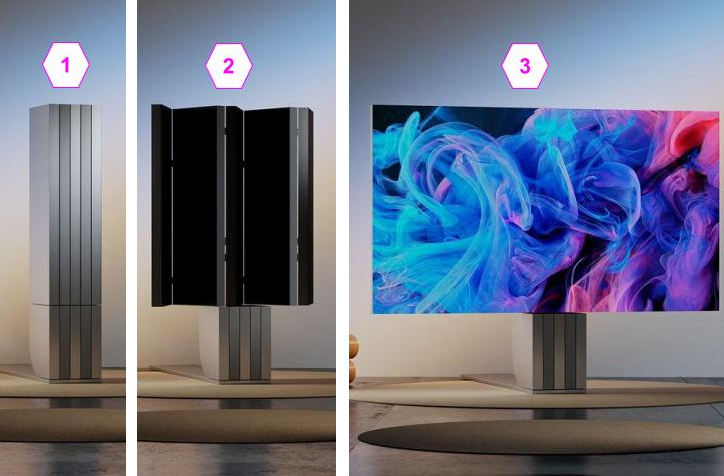A team of researchers from D-Wave, a company specializing in quantum computers, announced that they have used their latest quantum processors to simulate a practical and useful problem at a speed far exceeding traditional computers. This milestone demonstrates what is known as quantum supremacy.
The quantum computer simulated a spin glass problem in just 20 minutes with remarkable accuracy. This simulation, the company claims, would have taken nearly a million years to solve using a supercomputer equipped with GPUs. Moreover, the quantum computer only consumed 12 kilowatts of energy, while the supercomputer would require the annual energy consumption of the entire world to achieve the same result, according to D-Wave.
What makes this simulation significant is that it achieves quantum supremacy with a problem that has practical applications. Previous quantum systems, though faster than classical computers, demonstrated their supremacy on tasks that lacked real-world use cases and were no more complex than random sample generation.
The spin glass problem involves arranging a group of magnetic particles, known as spins, in a random configuration. These particles interact with each other in highly complex ways, attracting and repelling one another until reaching a stable, low-energy state. Simulating these interactions using classical computers is extremely challenging, and the complexity increases exponentially with the number of spins.
By contrast, quantum computers can simulate such problems with incredible speed. Thanks to quantum superposition, they can explore multiple possible arrangements of spins simultaneously, instead of testing one arrangement at a time as classical computers do. Additionally, a technique called quantum tunneling allows the system to escape suboptimal solutions and quickly find the most stable configuration of spins, effectively solving the problem.
D-Wave has developed a prototype quantum computer, called Advantage2, which is specifically designed to tackle such problems. Known as a quantum annealer, this system is optimized for solving quantum annealing problems. These involve finding the best solution from an immense number of possibilities, as exemplified by the spin glass problem.
Solving such problems has already proven valuable in the past for designing new metals and studying atomic interactions. According to the team, this breakthrough has practical significance for real-world applications.
This discovery, published in the journal Science, paves the way for numerous applications across various fields. In materials design, it could enhance the understanding of atomic interactions, enabling the creation of stable materials with specific desired properties. In medicine, it holds the potential to accelerate drug discovery by rapidly simulating the behavior of complex molecules. Additionally, it can be applied to deep learning by optimizing parameters, as well as improving supply chain management and other practical challenges.









